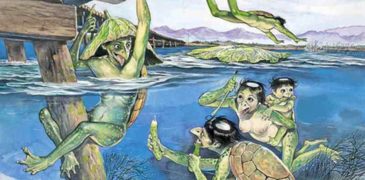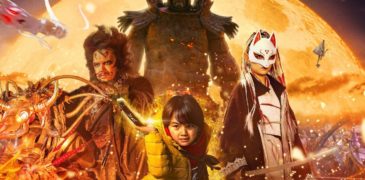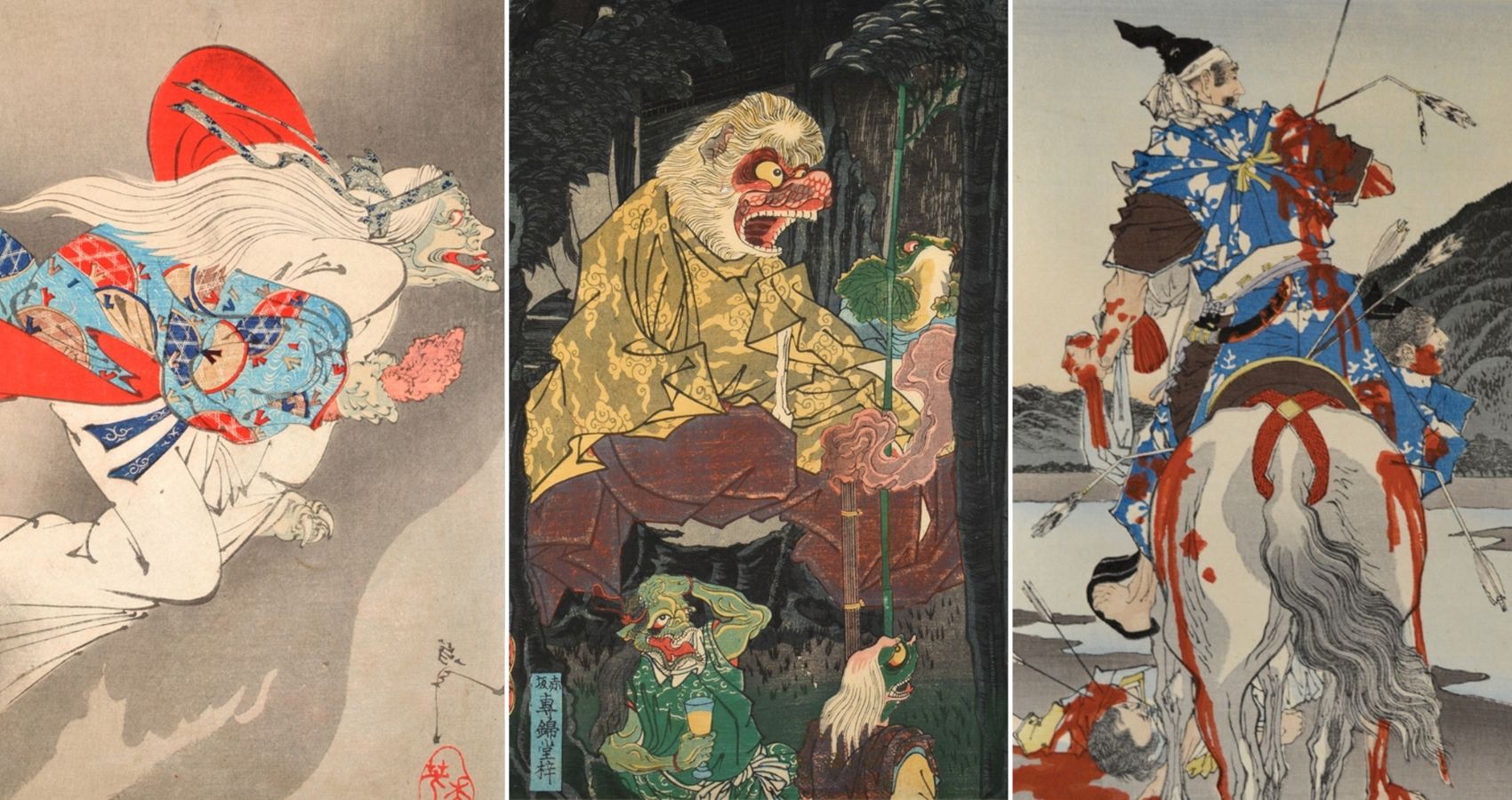
Born in 1839, Yoshitoshi’s career spanned the transitional period between the Edo and Meiji eras. This was a time of great tumult, as the breakdown of the Tokugawa shogunate led to the increasing modernization and Westernization in Japan, and the traditional art of woodblock printing was fast losing favour, leaving Yoshitoshi as one of its final acknowledged masters.
Although he was born to a merchant samurai, Yoshitoshi, then known by his original name of Owariya Yonejiro, was taken in by his childless uncle. This man was fond of the young boy and gave him initial lessons in art. At the age of 11, he was apprenticed to the famous ukiyo-e artist from the Utagawa school, Utagawa Kuniyoshi. It was Kuniyoshi who gave him the gō or “artist name” of Yoshitoshi, beginning with the final character of Kuniyoshi’s own gō, thereby indicating that he was a member of the Utagawa school. However, Yoshitoshi was not regarded as an official successor to the school, and therefore was not given the Utagawa name. Despite this, he is now regarded as one of Utagawa Kuniyoshi’s most significant pupils.
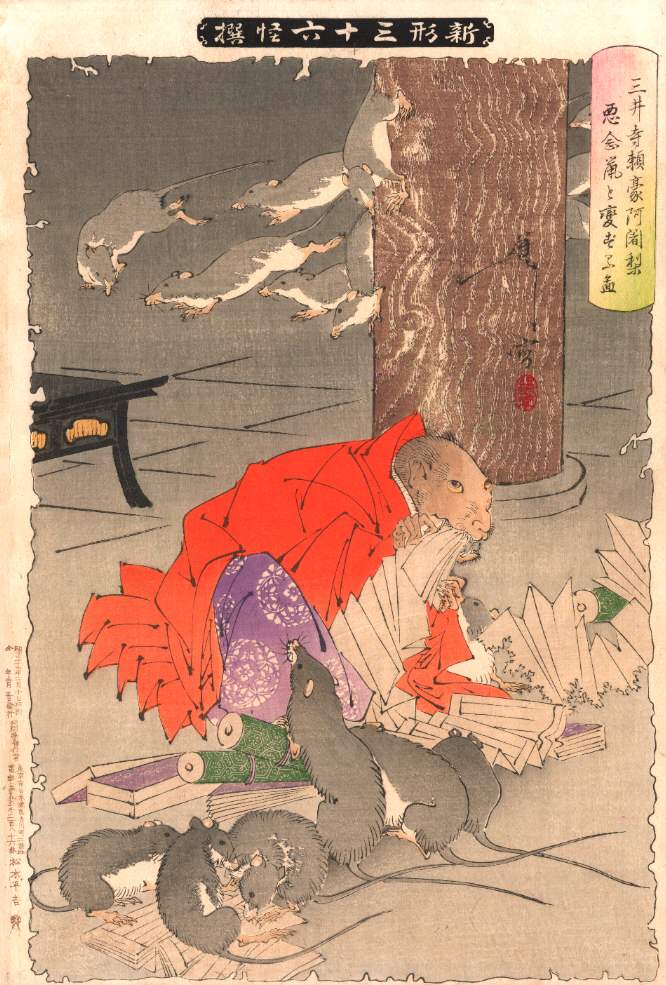
During his time as Kuniyoshi’s pupil, he studied Kuniyoshi’s style of realism and was granted access to his master’s collection of artworks from Japan and around the world. He is also said to have struck up a rivalry with another of Kuniyoshi’s pupils, Utagawa Yoshiiku.
Like Kuniyoshi and many other ukiyo-e artists before him, Yoshitoshi found the world of ghosts and monsters to be rich pickings for inspiration, and it is said that he had seen such supernatural beings himself, perhaps drawing from life! He produced several series focusing on yurei and yokai, notable examples being the early work “One hundred stories of China and Japan” and the later “New forms of Thirty-Six Ghosts”. This latter series, in particular, has some of the best depictions of the supernatural in Japanese art, in my opinion- alternately beautiful and grotesque, horrifying and amusing.
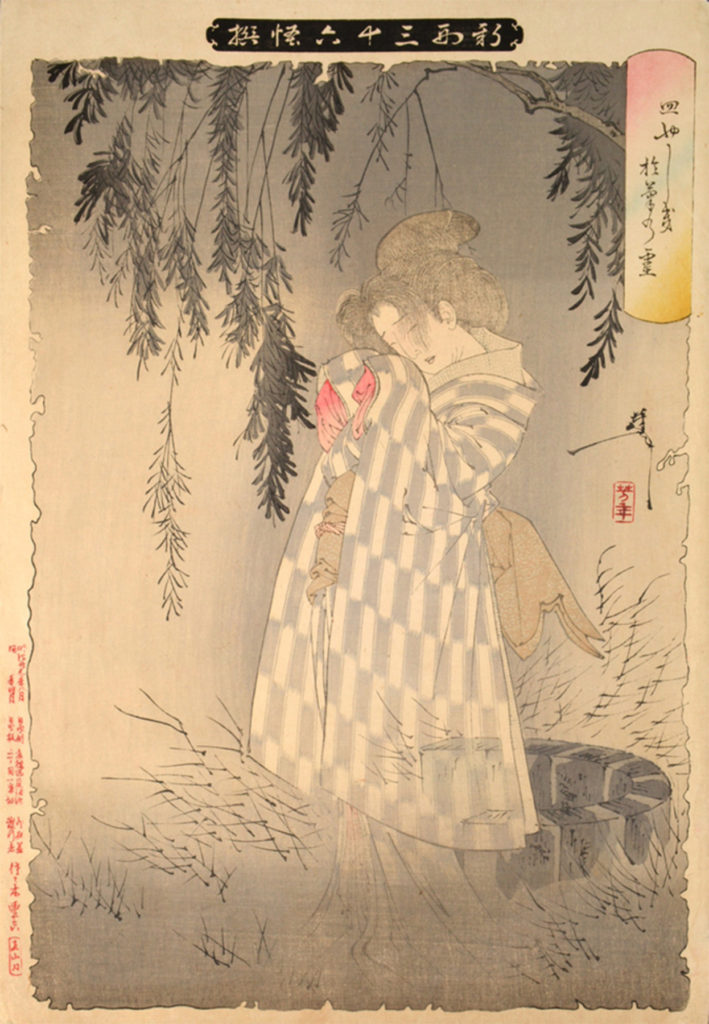
Yoshitoshi was also fascinated by the battlefield and violence. After the death of Kuniyoshi in 1861, and of Yoshitoshi’s natural father in 1863, Yoshitoshi began producing pieces focused heavily on war, violence and gore, likely in response to the lawlessness and violence taking place as the Edo period came to a brutal end. Some of these pieces were created in collaboration with his former rival, Yoshiiku, notably the series “Twenty-eight famous murders with verse”. These prints show explicit violence, such as beheadings, torture, and ritual suicide, and are perhaps the most famous example of muzan-e, or “Bloody Prints”. Muzan-e in general are regarded as having been a significant early form of “ero-guro”, or the “erotic grotesque”, a art form in Japan combining horror with sexuality, and artists such as Suehiro Maruo, Shintaro Kago, Toshio Maede and the director Takashi Miike show distinctive muzan-e influences in their work.
However, although these prints initially sold well in both Japan and the West, there was some public outrage over their explicit nature, and Yoshitoshi stopped receiving commissions. This period of his life was marked by mental illness and extreme poverty; two successive mistresses sold their possessions and eventually hired themselves to brothels in order to support him, and it is said that he was reduced to pulling up the floorboards of their home to burn for firewood. Yoshitoshi suffered a mental breakdown in 1872 after publishing some of his most frightful pieces in the “Ikkai Zuihitsu”, but the following year saw something of an upturn in his health and fortunes, and he began to sign his work as Taiso Yoshitoshi – “Great Resurrection” Yoshitoshi. His existence was financially precarious until 1882, when work from newspapers had revived his position in the public eye.
Although still fascinated by violence, his works had softened from showing extreme gore to showing the “moment before” violence, thus making it more palatable to the contemporary audience. “New Forms of Thirty-Six Ghosts” is significantly less disturbing than much of his previous work on similar subjects, and shows a greater focus on religious symbolism. However, terror and fear can be expressed without blood and gore, and one of his most shocking and notorious pieces, “The Lonely House on Adachi Moor” published in 1885), depicts a cannibalistic old hag sharpening her knife to murder a suspended pregnant woman. Although no blood or death is shown, the image still holds great horror and power in the suggestion of its inevitability. Another piece from around this period depicts “Demons of Illness and Poverty stalking the Seven Gods of Fortune”, and although the piece is somewhat light-hearted, it is easy to imagine Yoshitoshi drawing upon his own experience with the horrors of poverty to depict the gaunt menace of the threatening demons.
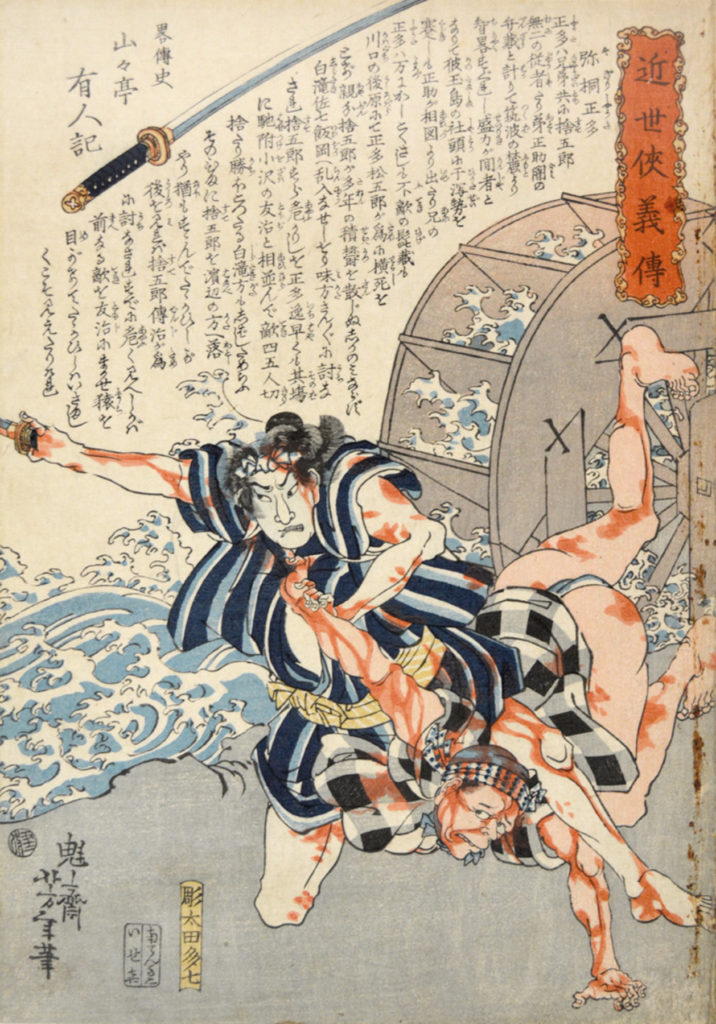
Sadly, Yoshitoshi’s mental illness was to recur, and he suffered severe delusions, even inviting people to events that did not exist. He also experienced physical deterioration and the theft of all his money, and after a spell in a mental hospital, he died from a cerebral haemorrhage in a rented room, at the age of 53.
For some years, interest in Yoshitoshi’s work was minimal, but it experienced a revival after the 1970s, and he is now regarded as one of the last great ukiyo-e masters. The realism, detail, variety and influences from other artistic styles shown in his work, and the ways in which he, at times, pushed the boundaries of acceptability and taste, whilst still producing works of extreme beauty, all combine to create a fascinating body of work.
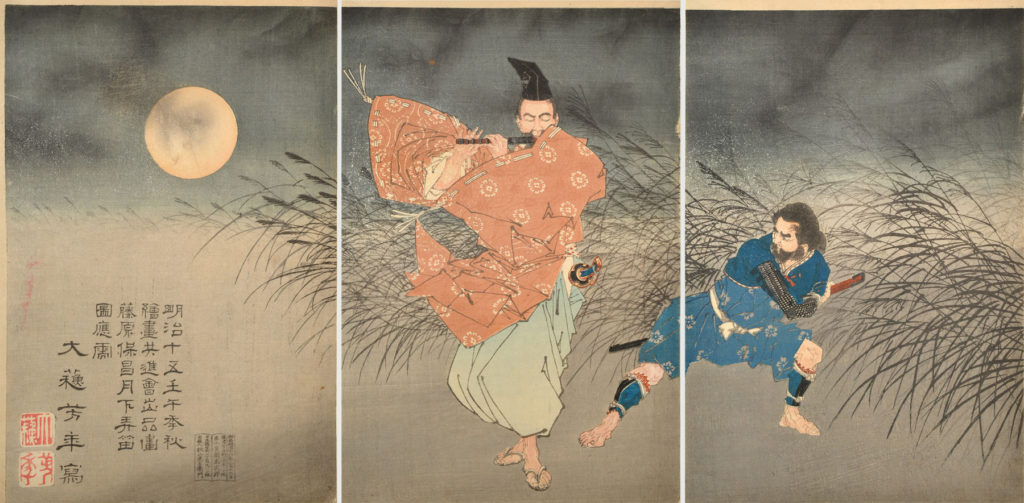
More Urban Legends:
The Golden Era of Japanese Horror Games
Here are four Japanese franchises of survival horror games demonstrating their extraordinary talent at crafting atmosphere, each one establishing a significant legacy for cult followings. Besides mastery in constructing and…
The Kappa Water Demon
Our creature today goes by many names and has equally as many aspects describing it. A creature of strange design and often terrifying behaviors, a Kappa (河童 , river-child), also…
The Great Yokai War – Guardians (2021) Film Review – Miike Returns to the Beloved Series
There’s a funny kind of serendipity when you’re a fan commentator on popular entertainment, where you can sometimes just barely miss a critical piece of information that hits a smidge…
Urban Legends – Linda Vista Community Hospital
In Boyle Heights, on the corner of South St Louis and Inez Street, is the old Linda Vista Community Hospital. This building is one of the oldest medical facilities in…


